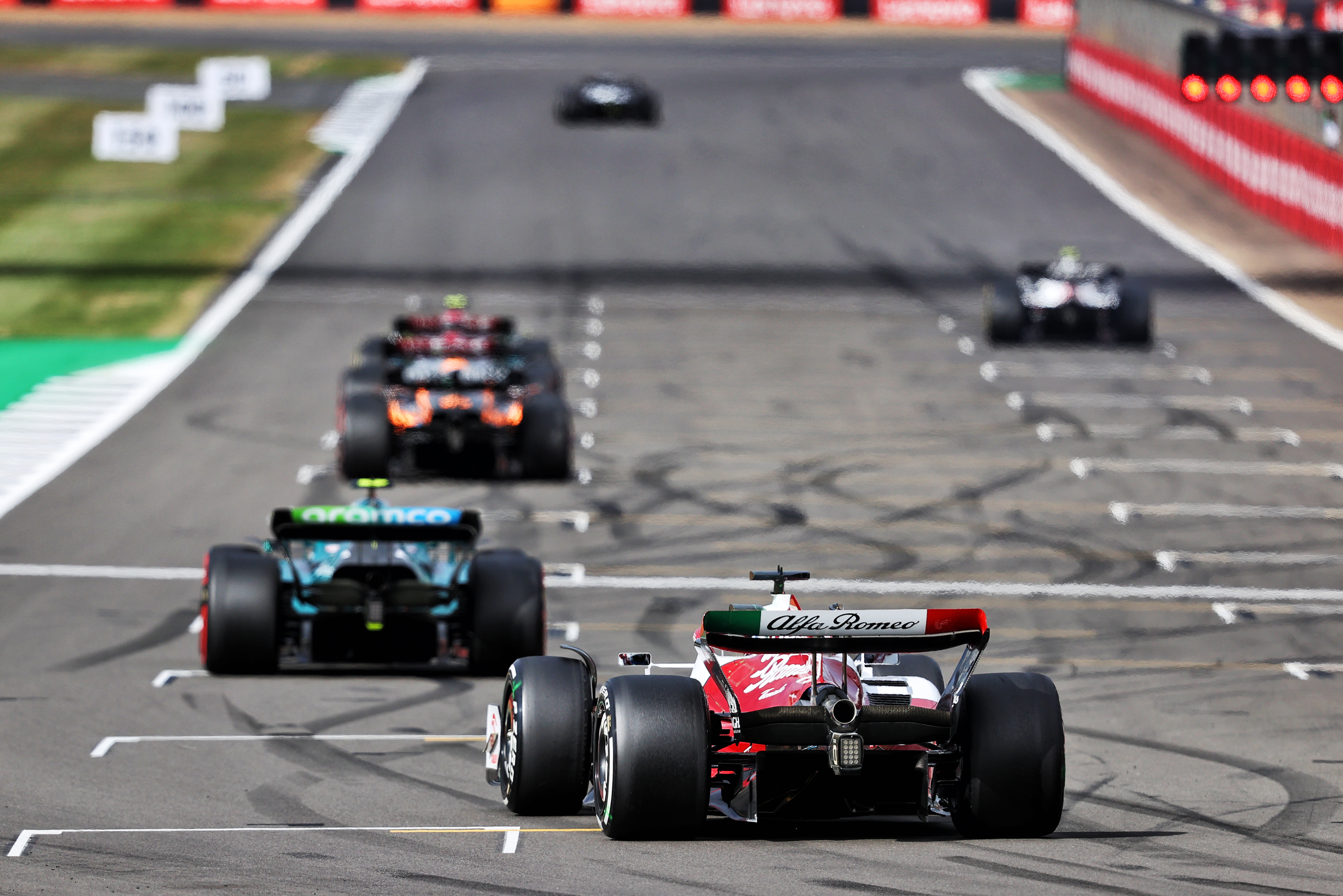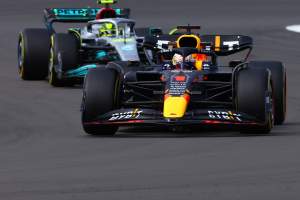Up Next

Following the guidance notes issued by the FIA to the Formula 1 teams at Silverstone regarding the implementation of the ‘porpoising technical directive’ – to take effect from the French Grand Prix in two races’ time – a clearer picture is emerging of how this will be monitored and policed.
The FIA has now defined the ‘metric’ by which the bouncing limit will be set, following analysis of the Canada data from the accelerometers on the cars.
But as well as defining what the limit of vertical accelerations, the TD will also encompass plank wear and flexibility. This is “inherently related to the same issue [as the bouncing] and go hand-in-hand with the metric.”
The FIA notes that any car configured around a plank which flexes by more than the 2mm regulation limit will be considered in contravention of regulations 3.5.9e and 3.15.8a. Those regs state:
“3.5.9e. The thickness of the plank assembly measured normal to the lower surface must be 10mm ± 0.2mm and must be uniform when new. A minimum thickness of 9mm will be accepted due to wear, and conformity to this provision will be checked at the peripheries of the designated holes.
“3.15.8a. Bodywork within RV-PLANK may deflect no more than 2mm at the two holes in the plank at XF=1080 and no more than 2mm at the rearmost hole, when the car, without driver, is supported at these positions. The car will be supported on 70mm diameter pads, centred on the holes, and only in contact with the underside of the plank assembly. The displacement will be measured at the supports, relative to the reference plane at the centre of each hole.”
In the technical meetings between teams and governing body as the 2022 regulations were formulated, the FIA stipulated that the plank should be solid (with the 2mm tolerance) and the way in which the plank and the skid blocks were mounted should reflect that.

But the regulations did not include the specific wording of that original guidance. As a result, some teams have conceived layouts around the regulation wording rather than the understanding outlined in the meetings.
What has this allowed them to do? The 2mm flexibility tolerance is defined at the leading edge of the plank. But at the rear – around where the driver sits – they have engineered the mounting of the plank and skid block in a way which gives a degree of cushioning. From France this interpretation will not be accepted.
Any cars with this solution in place will be required to make changes in order not to be considered in breach of those two regulations.
As for the monitoring of the vertical forces, two specific areas of each track will be monitored and only in the actual race. If a car exceeds the specified vertical-g threshold for a given period of time, it will trigger a digital marker in the data which will be flashed up to the team and the FIA.
Teams will be allowed only three races in which the threshold can be breached. After that, it will be liable to penalties. So the teams essentially have three races in which to ensure they have the porpoising fully controlled.
With the FIA effectively standardising the mounting of the plank, it believes that it creates a level playing field in the porpoising monitoring.
Most teams are supportive of the latest guidelines and the logic behind them. But Red Bull’s Christian Horner believes, “Allowing the FIA to effectively define your set-up is a dangerous precedent.”





